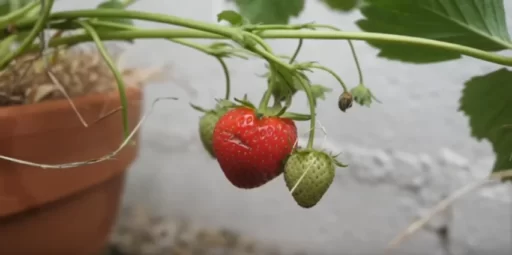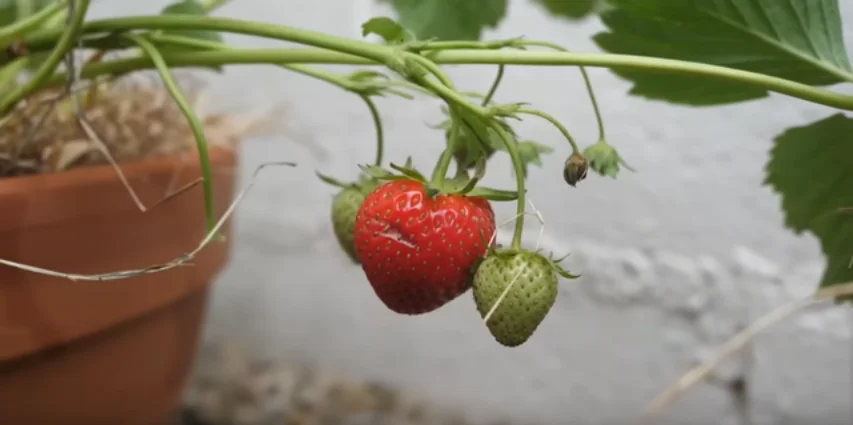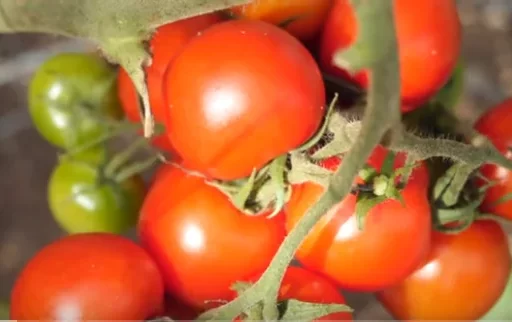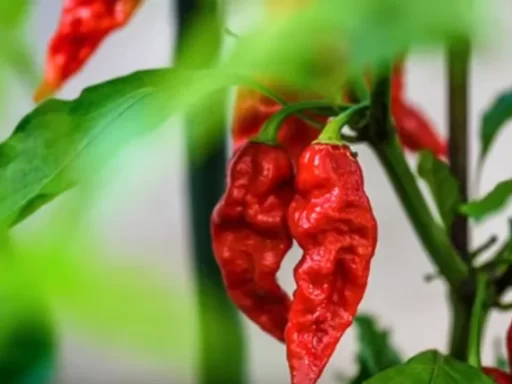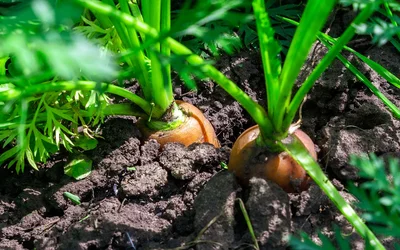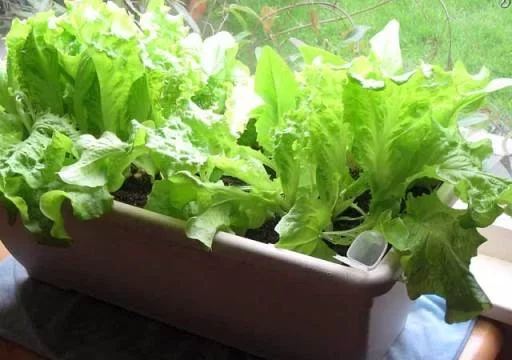Strawberries are undeniably one of the most loved fruits, offering a burst of sweetness in every bite. Their aromatic, juicy flavor makes them irresistible, and the best way to experience their full flavor is by growing them yourself. This guide will walk you through everything you need to know about growing strawberries, from selecting the best variety to proper planting techniques, ensuring a healthy and bountiful harvest.
Why Grow Your Own Strawberries?
Homegrown strawberries provide an unparalleled level of flavor, far superior to store-bought options. Strawberries are quite versatile and can be grown in gardens, raised beds, or even containers, making them suitable for a wide range of environments. One of the most significant benefits of growing your strawberries is the control you have over their care. You can ensure they are grown without harmful chemicals, and they often taste fresher and more delicious than commercial varieties.
Types of Strawberries
There are three main types of strawberries you can grow, each with unique characteristics. Understanding these varieties will help you select the best type for your needs.
- Ever-bearing Strawberries: These strawberries produce fruit over a longer period, typically from early summer through fall. Although they don’t provide a massive harvest all at once, they offer small but regular pickings throughout the growing season. The berries tend to be smaller, but they are known for their exceptional flavor.
- June-bearing Strawberries: These are the classic summer strawberries, producing fruit all at once within a two- to three-week window, usually in June or July. The berries are larger and are perfect for making jams or drying for future use.
- Day-neutral Strawberries: These are less common but offer continuous fruiting throughout the season, as long as the growing conditions are favorable. They are not affected by the length of daylight and will produce fruit as soon as they are mature.
Additionally, alpine or wild strawberries grow well in shaded areas and can be used as ground cover beneath other plants. While their fruits are tiny, they offer a delightful taste and require minimal attention once established.
Best Growing Conditions for Strawberries
Strawberries thrive in well-drained soil, which makes them ideal for container gardening. Growing strawberries in containers has several advantages:
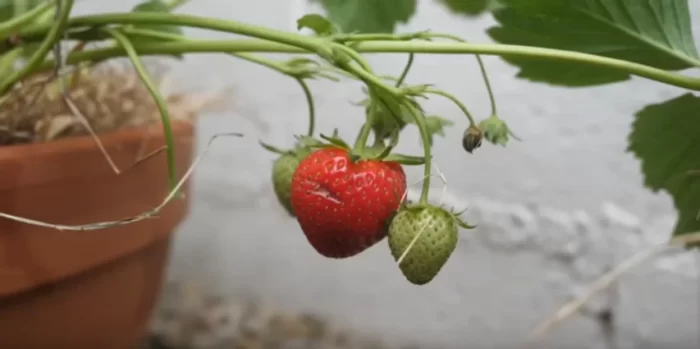
- Containers allow you to control soil drainage, preventing the roots from becoming waterlogged.
- They look aesthetically pleasing, especially when planted in strawberry towers or hanging baskets.
- Containers can be easily moved to sunny spots or sheltered areas as needed.
Strawberries need full sun for at least six hours daily to produce sweet and juicy fruits. If you don’t have space in your garden, containers on a sunny patio or balcony can work perfectly. The reflected heat from paving stones or walls will help ripen the berries faster, enhancing their flavor.
Planting Strawberries: Step-by-Step Guide
When planting strawberries, ensure that the crown—the part where the leaves meet the roots—is level with the soil surface. Burying the crown too deeply can cause the plant to rot, while planting it too shallow can cause the roots to dry out.
Materials You’ll Need:
- Shallow, wide containers (strawberries have shallow roots, so deep containers aren’t necessary)
- All-purpose potting mix (peat-free)
- Organic fertilizer, such as blood, fish, and bone meal, or vegan-friendly alternatives high in potassium and low in nitrogen
- Mulch (such as straw, hay, or bark chippings)
Instructions:
- Prepare the Container: Fill your chosen container with potting mix. Avoid using garden soil, as it tends to compact over time and lacks the proper drainage strawberries need.
- Add Organic Fertilizer: To help your strawberries establish well, mix in a handful of organic fertilizer like blood, fish, and bone meal. This will give your plants a good start by promoting root growth and fruit development.
- Plant the Strawberries: Space the plants about 20 centimeters (8 inches) apart. Ensure that the crown is just above the soil surface and firm the soil around the roots.
- Mulch the Soil: Mulching helps retain moisture and keeps the berries clean by preventing soil splashes. Strawberries often sit close to the ground, so using a mulch like straw, hay, or bark chippings is essential to prevent the fruit from rotting.
- Watering: After planting, water the plants thoroughly. Keep the soil consistently moist, especially during dry periods.
Maintaining Your Strawberry Plants
Strawberries in containers dry out faster than those planted in the ground, so it’s crucial to check the moisture levels regularly. Water them thoroughly, ensuring the water reaches the roots without oversaturating the soil. Adding mulch will help retain moisture and keep the root zone cool during hot weather.
Protecting Your Strawberries from Pests
Birds love strawberries just as much as we do, so it’s essential to protect your plants from these feathered thieves. Use a mesh or netting to cover your plants, ensuring it’s secured tightly around the edges so birds can’t slip underneath. This will allow light and air to reach the plants while keeping pests out.
Harvesting and Storing Strawberries
Once your strawberries are ripe, pick them immediately. The flavor of freshly picked strawberries is unbeatable, but if you can’t eat them all at once, store them in a cool, dry place. Avoid refrigerating them for long periods, as cold temperatures can diminish their taste. For the ultimate flavor experience, try sprinkling a little black pepper on your strawberries—it might sound unusual, but it enhances their sweetness!
Propagating Strawberries
Strawberries naturally send out runners, which are long stems that produce new plants. While these runners are helpful for propagating new plants, it’s best to remove them in the first year to focus the plant’s energy on fruit production. After a few years, when fruit production declines, you can allow the runners to establish new plants.
FAQs About Growing Strawberries
- What is the best type of strawberry to grow?
- Ever-bearing strawberries are ideal for extended harvests, while June-bearing strawberries are perfect for large, single harvests ideal for jam-making.
- Can I grow strawberries in containers?
- Yes, strawberries thrive in containers as long as they are placed in a sunny spot with well-drained soil.
- How often should I water strawberries in containers?
- Check the soil moisture daily, especially in hot weather. Strawberries in containers dry out faster, so regular watering is essential.
- Do I need to protect strawberries from birds?
- Yes, covering your plants with netting or mesh will prevent birds from eating your strawberries before you can harvest them.
- When is the best time to plant strawberries?
- Plant strawberries in the spring, as soon as they are available. They can also be planted throughout the summer.
- Can I propagate new strawberry plants from runners?
- Yes, strawberry plants naturally produce runners that can be used to propagate new plants after a few years of growth.
- What kind of fertilizer should I use for strawberries?
- Use an organic fertilizer high in potassium, like blood, fish, and bone meal, or a vegan-friendly alternative.

